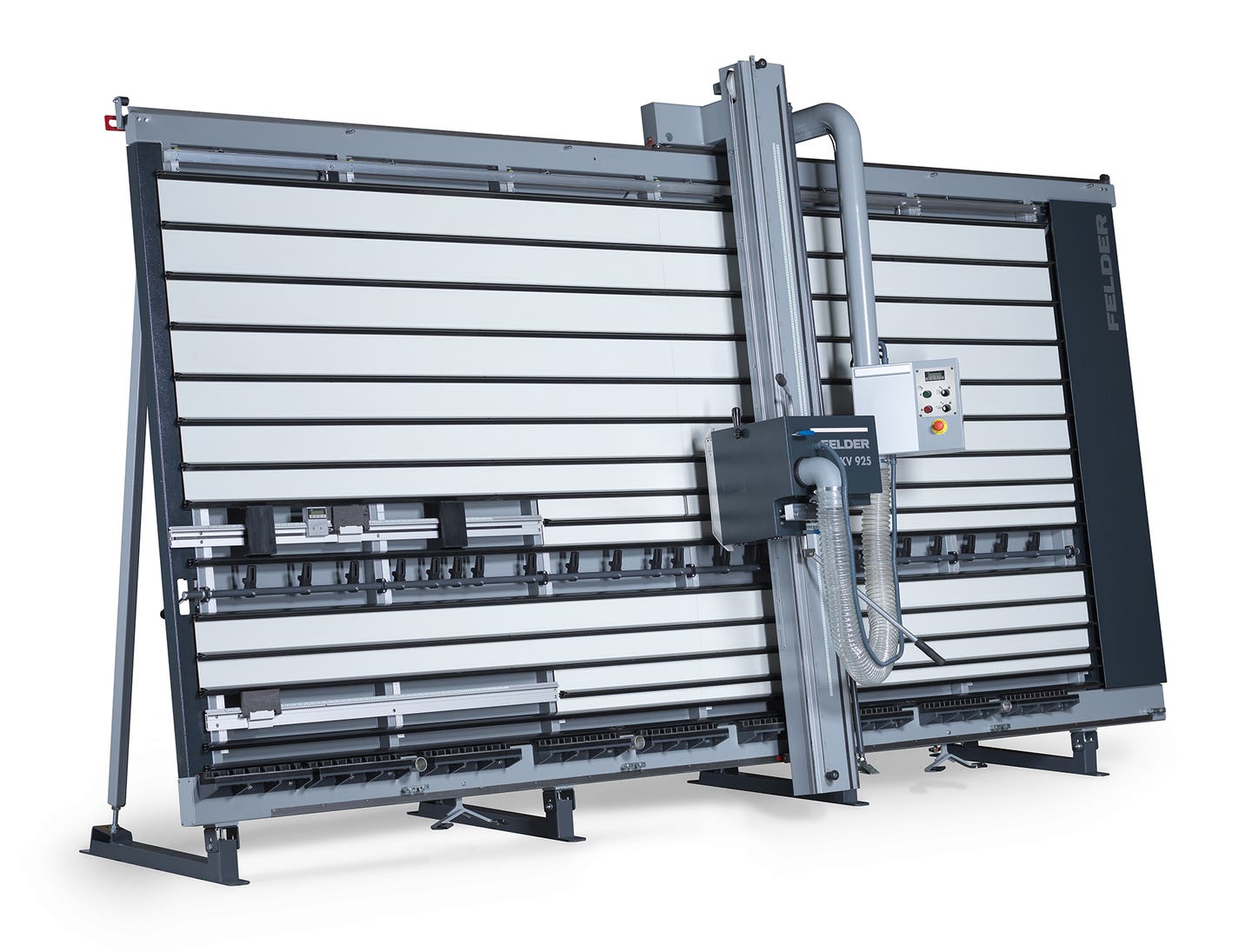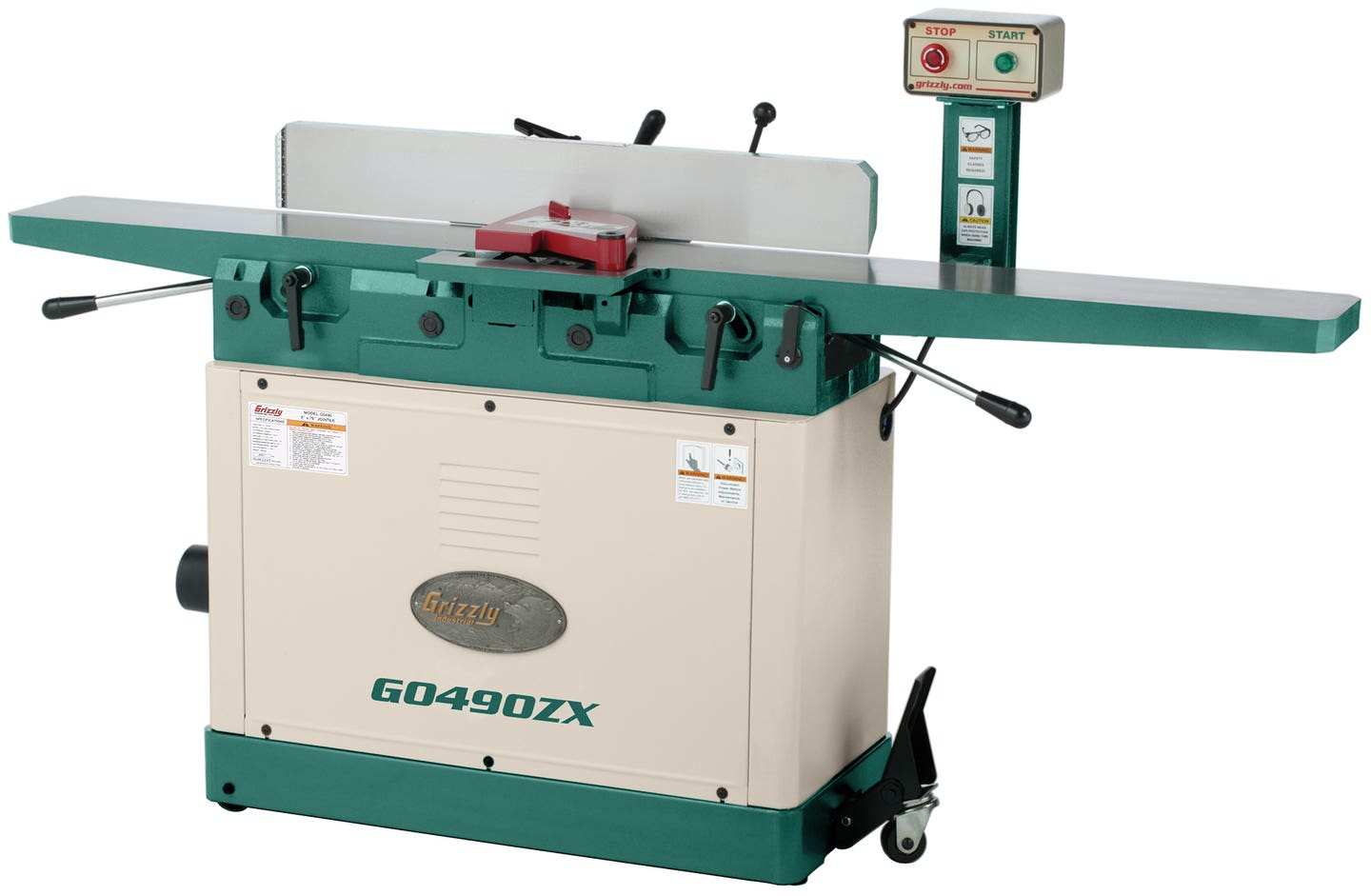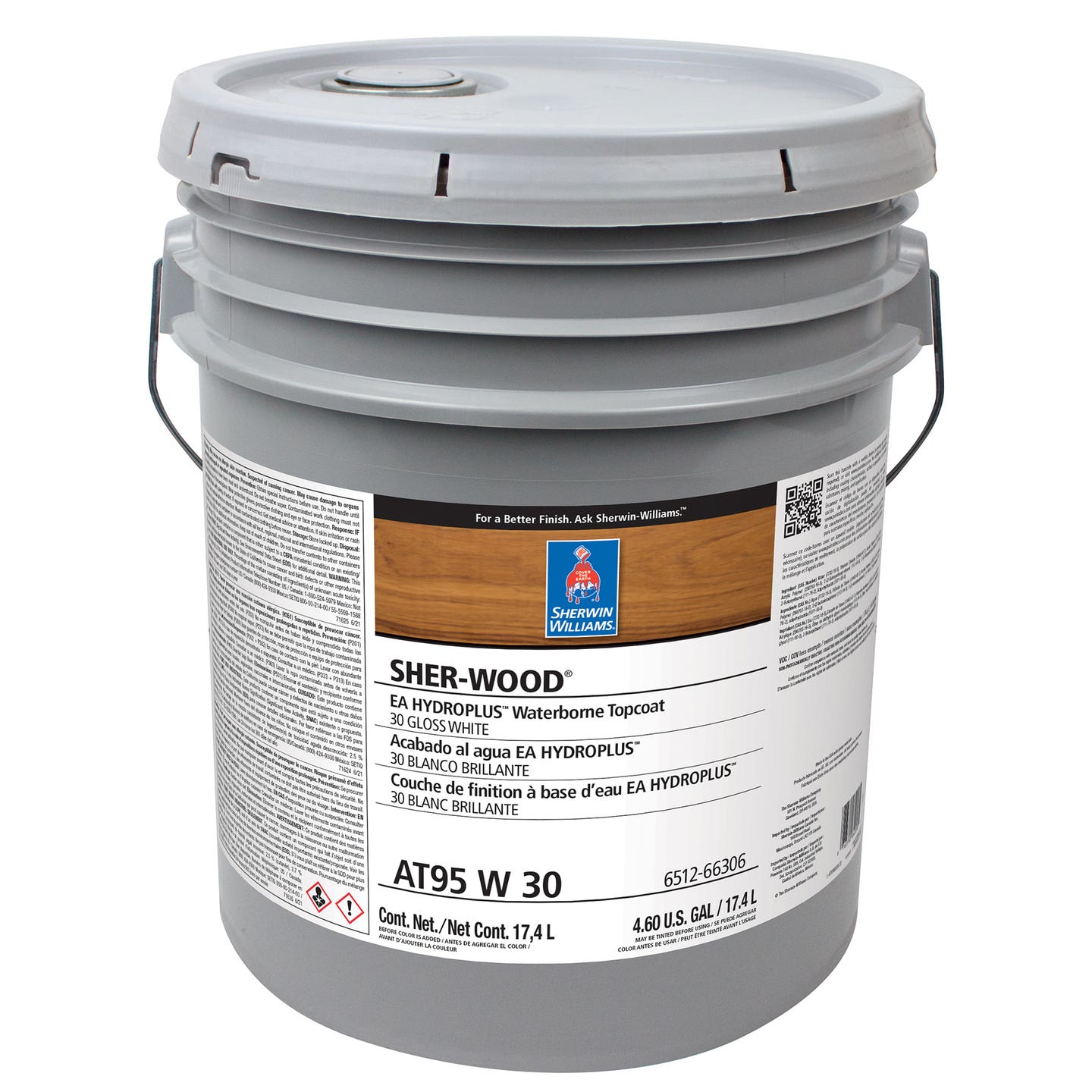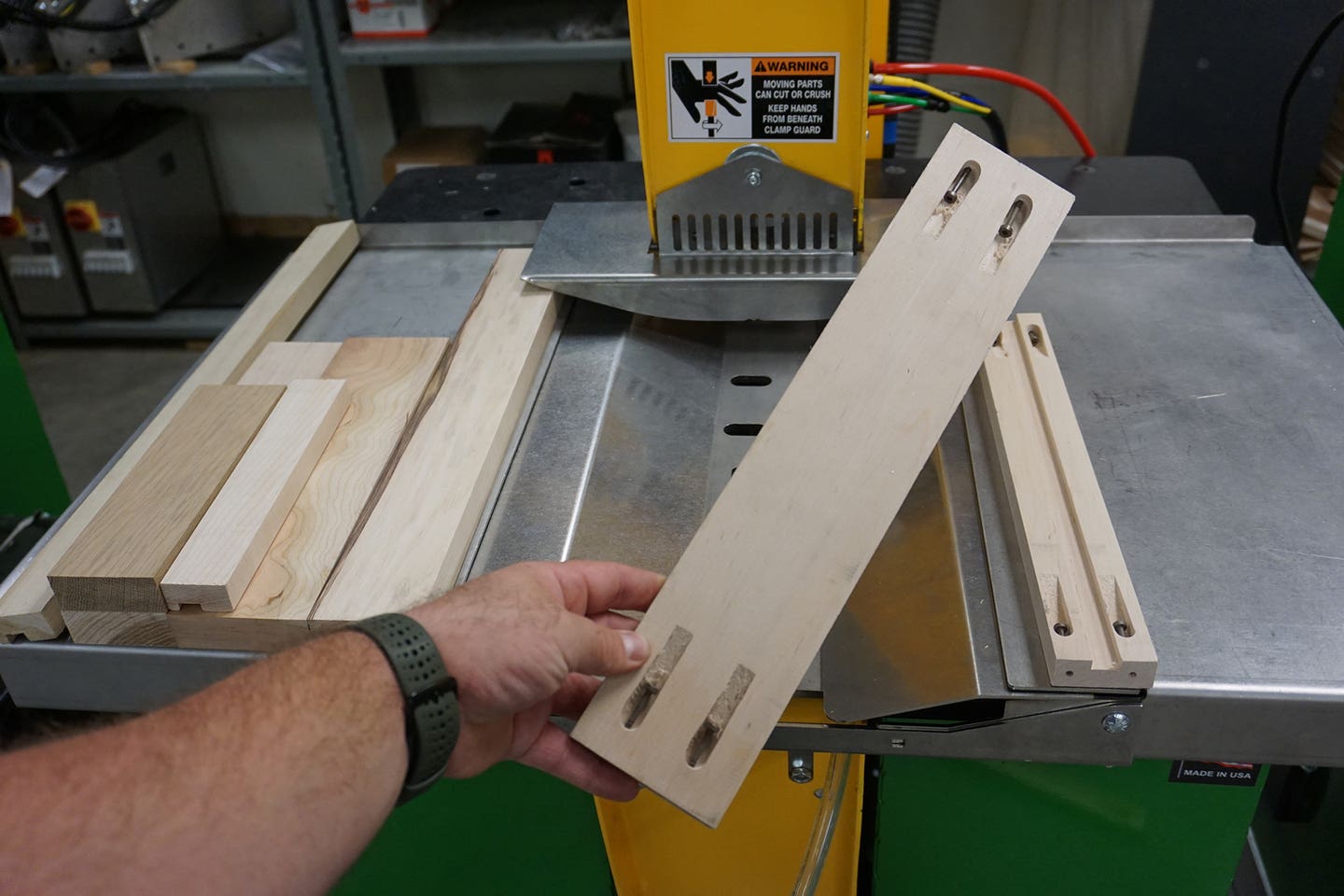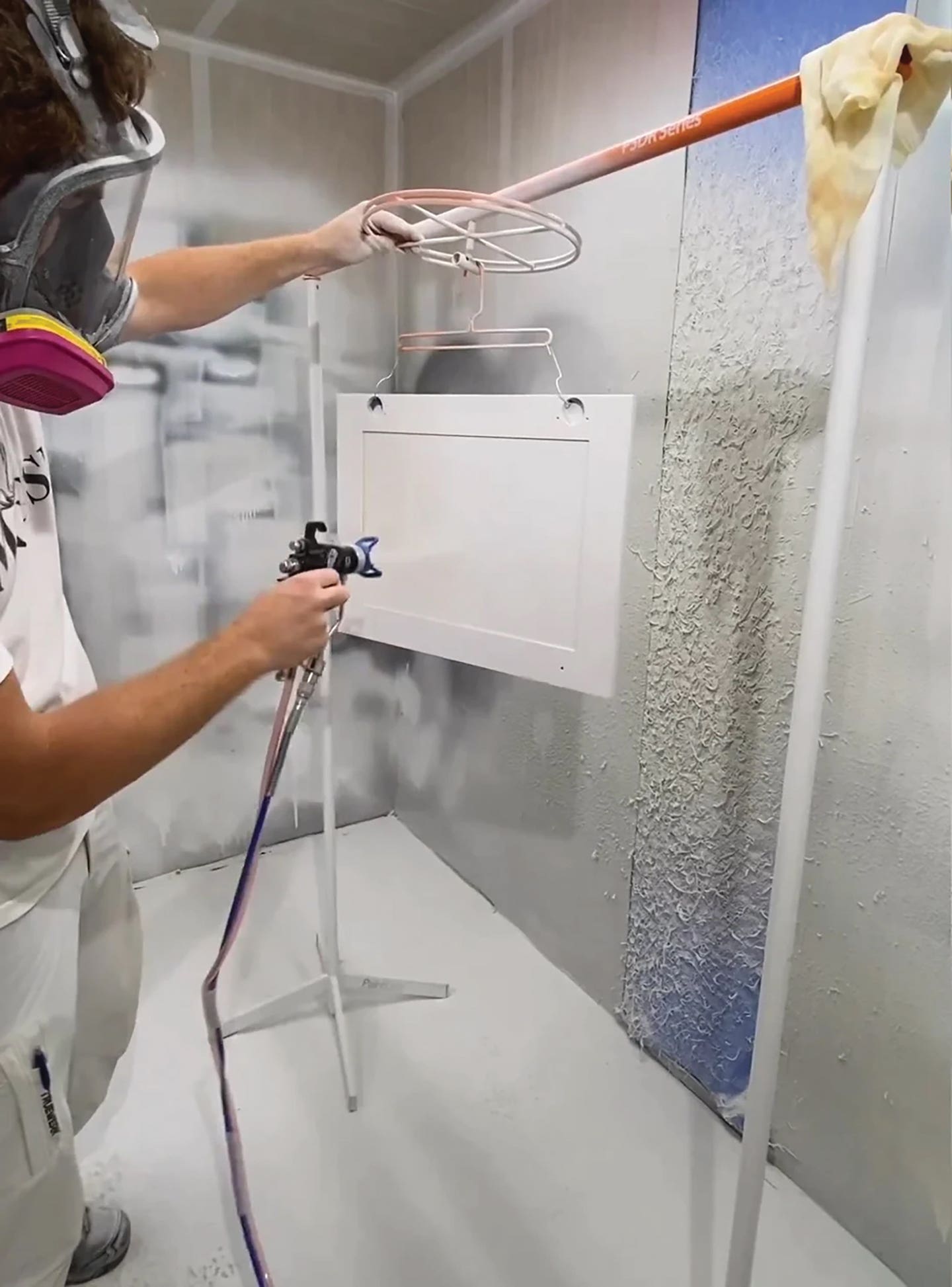Lower production times with the Castle CSI 1.5D
The CSI 1.5D from Castle USA is a pocket cutter/screw insertion machine for commercial shops that need a fast, automated solution for creating strong and stable joints in composites, panels and solid woods.
The CSI 1.5D from Castle USA is a pocket cutter/screw insertion machine for commercial shops that need a fast, automated solution for creating strong and stable joints in composites, panels and solid woods.
“The machine routes pockets, drills a pilot hole and inserts a screw to the pocket within 1.5 seconds. It is operated using a foot pedal and is very easy to use. By inserting the screw, production times are lowered by 40 percent during assembly,” explains Glyn Phillips, general manager of Castle USA.
“The CSI uses Castle’s six-degree angle pockets that eliminate issues caused when using a pocket hole joinery such as material shift, debris on the glue face, and parts splitting from having the screw thread too close to the face of the part.”
The machine sports a 2.7-hp router spindle and a .44-hp drill spindle, both capable of producing 18,000 rpm, according to the company. The router feed rate is adjustable, and it accepts 1-1/4” and 1-1/2” screws. It has a Pocket Detect sensing system to prevent loaded pocket cutting errors. The worktop measures 33” x 35”.
“The Castle CSI 1.5D has primarily been implemented in high-volume cabinetry, furniture, and store fixture manufacturing. Typically, these larger shops will end up with multiple machines. We have had smaller shops purchase and use the CSI to enjoy the speed, ease of use, and benefits of less material handling during assembly. Any shop that is looking to increase the amount of production or free up a worker’s time should look into whether the CSI 1.5 is a good fit for their operations,” adds Phillips.
The CSI 1.5D sells for $56,999. There’s an air table option, which extends the work surface on either side to 59”, for panel and large part production.
For more, visit castleusa.com.
This article was originally published in the November 2021 issue.



